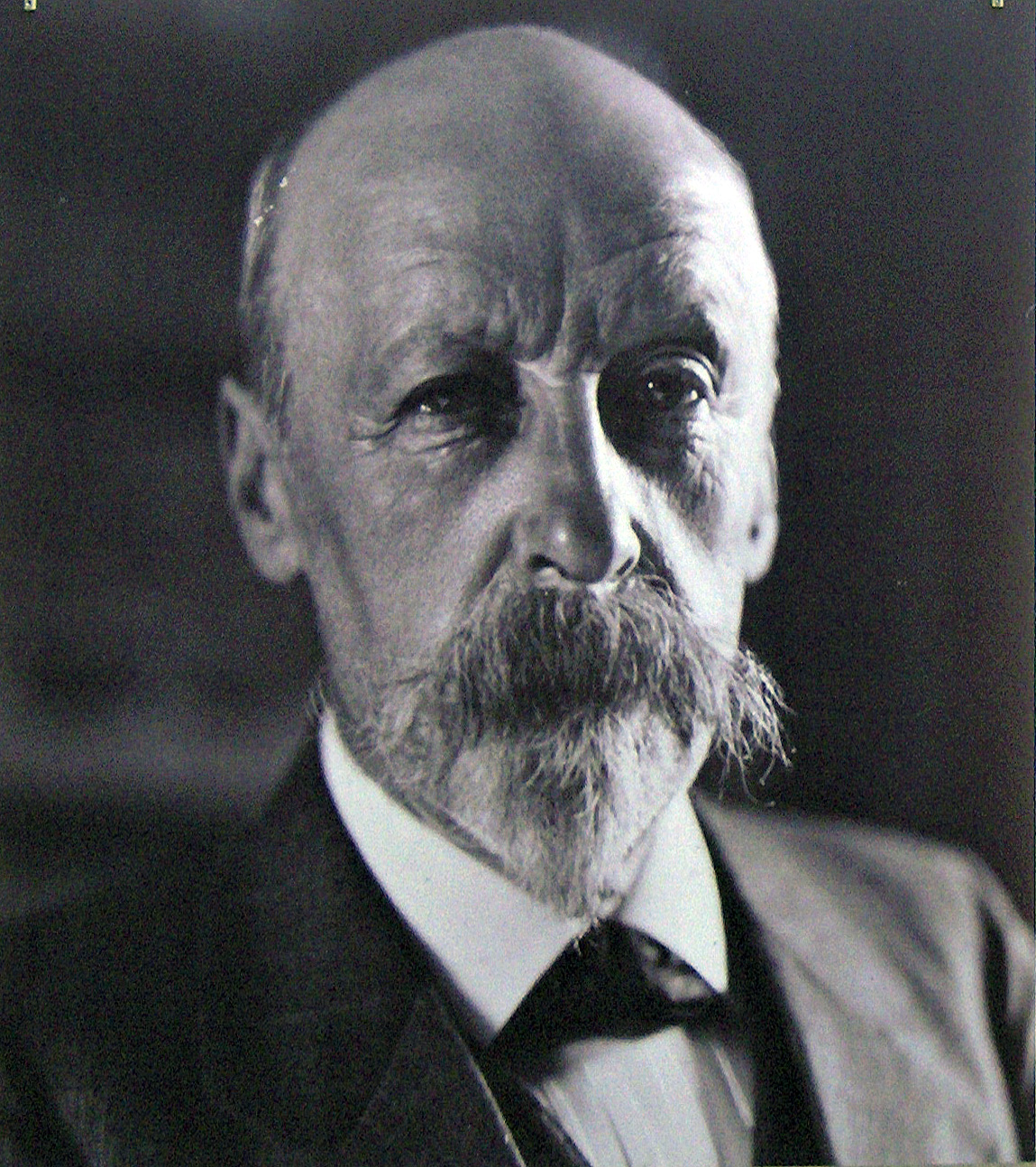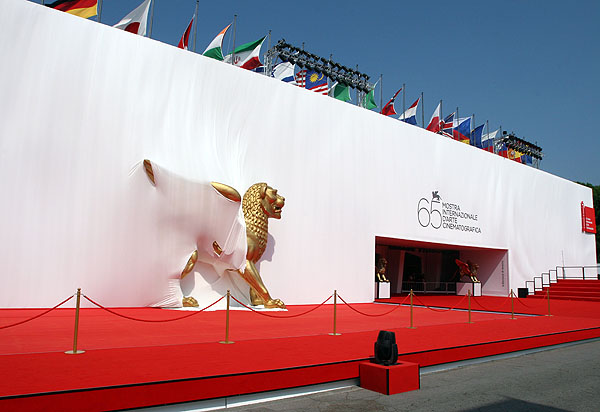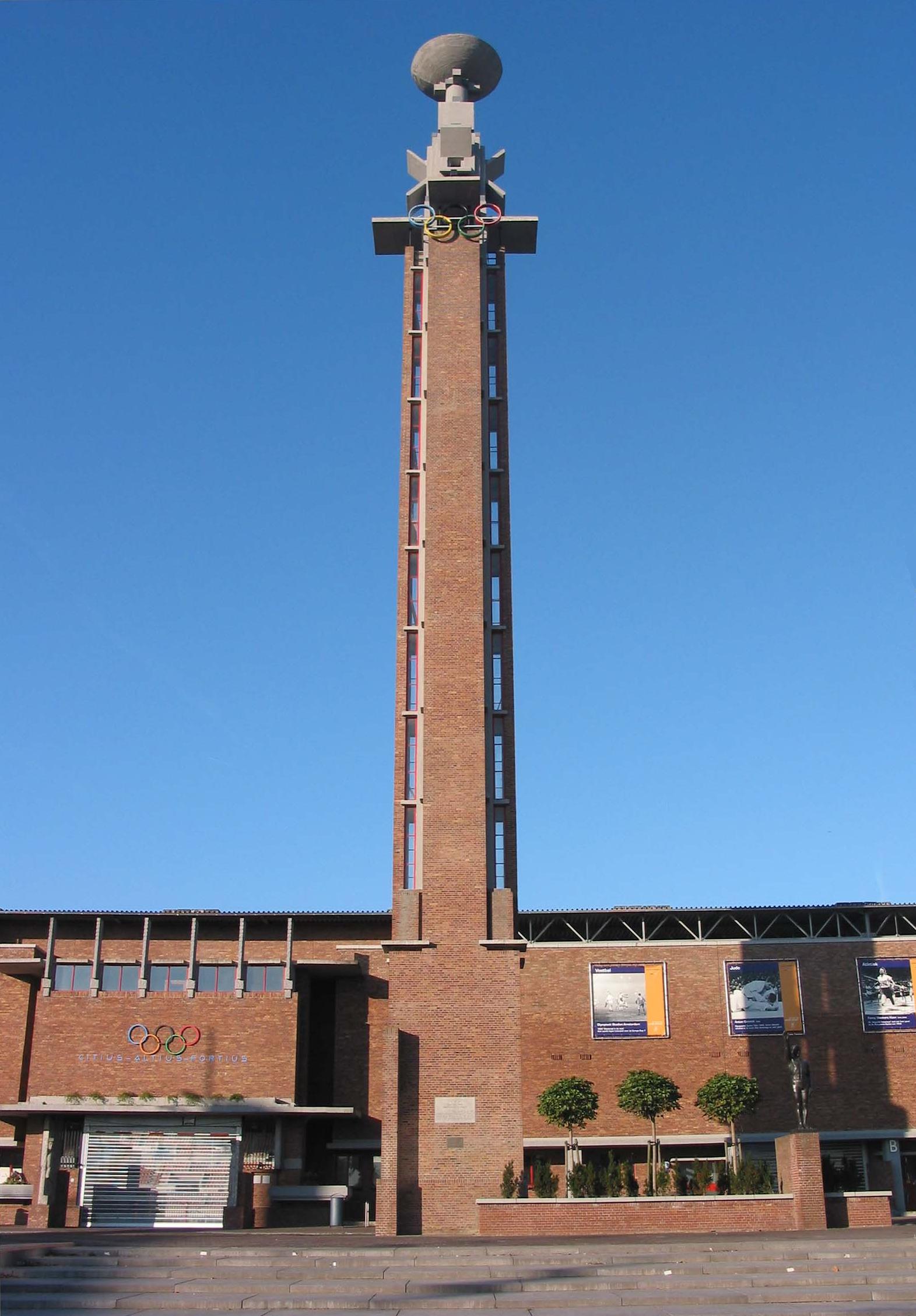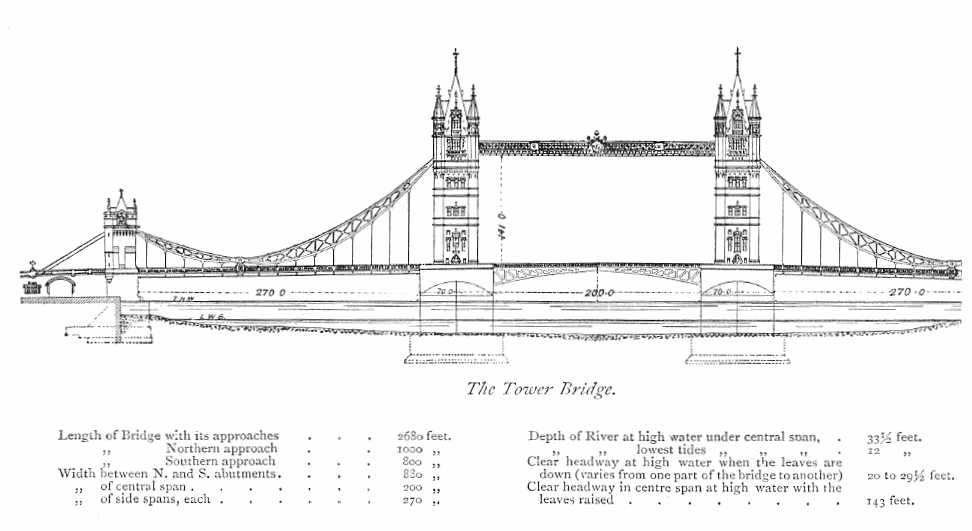|
Hendrik Jan Wolter
Hendrik Jan (Henk) Wolter (Amsterdam 15 July 1873 – Amersfoort 29 October 1952) was a Dutch painter, primarily known for his impressionistic and luministic paintings, influenced by the French impressionists and Belgian luminists Emile Claus and Theo van Rysselberghe. Youth Wolter grew up in the inner city of Amsterdam, where his father (civil engineer by profession) operated one of the first Dutch companies installing heating systems in buildings and houses. In 1885 the family and the company moved to the provincial town of Amersfoort, where Wolter discovered his talent for the arts. He received his first drawing lessons from his teacher in the German language, W.N. Coenen, who had followed painting classes at the State Academy of Fine Arts in Amsterdam. Like so many adolescents from well-to-do families of his day, Henk Wolter became fascinated by sports and became a fairly successful cyclist, winning various races between 1890 and 1894. After finishing secondary school, ... [...More Info...] [...Related Items...] OR: [Wikipedia] [Google] [Baidu] |
Painter
Painting is the practice of applying paint, pigment, color or other medium to a solid surface (called the "matrix" or "support"). The medium is commonly applied to the base with a brush, but other implements, such as knives, sponges, and airbrushes, can be used. In art, the term ''painting ''describes both the act and the result of the action (the final work is called "a painting"). The support for paintings includes such surfaces as walls, paper, canvas, wood, glass, lacquer, pottery, leaf, copper and concrete, and the painting may incorporate multiple other materials, including sand, clay, paper, plaster, gold leaf, and even whole objects. Painting is an important form in the visual arts, bringing in elements such as drawing, composition, gesture (as in gestural painting), narration (as in narrative art), and abstraction (as in abstract art). Paintings can be naturalistic and representational (as in still life and landscape painting), photographic, abstract, ... [...More Info...] [...Related Items...] OR: [Wikipedia] [Google] [Baidu] |
Emile Claus
Emile Claus (27 September 1849 – 14 June 1924) was a Belgian painter. Life Emile Claus was born on 27 September 1849, in Sint-Eloois-Vijve, a village in West Flanders (Belgium), at the banks of the river Lys. Emile was the twelfth child in a family of thirteen. Father Alexander was a grocer-publican and for some time town councillor. Mother Celestine Verbauwhede came from a Brabant skipper’s family and had her hands full with her offspring. As a child, Emile already loved drawing and on Sunday went three kilometres on foot to the Academy of Waregem (the neighbouring town) to learn how to draw. He graduated from the Academy with a gold medal. Although father Claus allowed him to take drawing classes, he did not fancy an artist's career for his son. Instead, he sent Emile as a baker’s apprentice to Lille (France). Emile learned French there but the job of a baker clearly did not appeal to him. He also worked for some time with the Belgian Railways and as a representativ ... [...More Info...] [...Related Items...] OR: [Wikipedia] [Google] [Baidu] |
Douarnenez
Douarnenez (, ; meaning ''douar'' (land) ''an enez'' (the island) or land of the island), is a commune in the French department of Finistère, region of Brittany, northwestern France. It is located at the mouth of the Pouldavid River, an estuary on the southern shore of Douarnenez Bay in the Atlantic Ocean, north-west of Quimper. The population in 2008 was 15,066. It has declined since the mid-20th century because of jobs lost from declines in the fishing industry. But it still has fish canning facilities (sardines and mackerel) although sardine fishing, for which the town became famous, has fallen off in recent years. Douarnenez has a growing tourist industry, with numerous visitors attracted annually to its pleasant location and warm climate, and also because of its marinas, maritime museum, regattas and sandy beaches. The island of Tristan off Douarnenez can be reached by foot at low tide. It is linked to the legend of Tristan and Iseult from the times of King Arthur ... [...More Info...] [...Related Items...] OR: [Wikipedia] [Google] [Baidu] |
Venice
Venice ( ; it, Venezia ; vec, Venesia or ) is a city in northeastern Italy and the capital of the Veneto region. It is built on a group of 118 small islands that are separated by canals and linked by over 400 bridges. The islands are in the shallow Venetian Lagoon, an enclosed bay lying between the mouths of the Po and the Piave rivers (more exactly between the Brenta and the Sile). In 2020, around 258,685 people resided in greater Venice or the ''Comune di Venezia'', of whom around 55,000 live in the historical island city of Venice (''centro storico'') and the rest on the mainland (''terraferma''). Together with the cities of Padua and Treviso, Venice is included in the Padua-Treviso-Venice Metropolitan Area (PATREVE), which is considered a statistical metropolitan area, with a total population of 2.6 million. The name is derived from the ancient Veneti people who inhabited the region by the 10th century BC. The city was historica ... [...More Info...] [...Related Items...] OR: [Wikipedia] [Google] [Baidu] |
Venice Biennale
The Venice Biennale (; it, La Biennale di Venezia) is an international cultural exhibition hosted annually in Venice, Italy by the Biennale Foundation. The biennale has been organised every year since 1895, which makes it the oldest of its kind. The main exhibition held in Castello, in the halls of the Arsenale and Biennale Gardens, alternates between art and architecture (hence the name ''biennale''; ''biennial''). The other events hosted by the Foundationspanning theatre, music, and danceare held annually in various parts of Venice, whereas the Venice Film Festival takes place at the Lido. Organization Art Biennale The Art Biennale (La Biennale d'Arte di Venezia), is one of the largest and most important contemporary visual art exhibitions in the world. So-called because it is held biannually (in odd-numbered years), it is the original biennale on which others in the world have been modeled. The exhibition space spans over 7,000 square meters, and artists from ... [...More Info...] [...Related Items...] OR: [Wikipedia] [Google] [Baidu] |
Rijksakademie Van Beeldende Kunsten
The Rijksakademie van beeldende kunsten (State Academy of Fine Arts) was founded in 1870 in Amsterdam. It is a classical academy, a place where philosophers, academics and artists meet to test and exchange ideas and knowledge. The school supports visual artists with a two-year curriculum. The Rijksakademie van beeldende kunsten was the home of Amsterdam Impressionism, part of the international impressionist movement, and is known as the School of Allebé by art historians; August Allebé became the school's director in 1880. In French language the school was called "l'Académie Royale des Beaux Arts d'Amsterdam". Among its pioneers here were George Breitner, Jan Toorop, Piet Mondrian, Jacques Witjens and Willem Arnoldus Witsen. Other artists connected with the academy were Hendrik Petrus Berlage, Willem Wiegmans, Constant Nieuwenhuijs, Karel Appel, Corneille, Ger Lataster, Willem Hofhuizen, and Jaap Min. The school provides an education academically comparable with a university. ... [...More Info...] [...Related Items...] OR: [Wikipedia] [Google] [Baidu] |
1928 Summer Olympics
The 1928 Summer Olympics ( nl, Olympische Zomerspelen 1928), officially known as the Games of the IX Olympiad ( nl, Spelen van de IXe Olympiade) and commonly known as Amsterdam 1928, was an international multi-sport event that was celebrated from 28 July to 12 August 1928 in Amsterdam, Netherlands. The city of Amsterdam had previously bid for the 1920 and 1924 Olympic Games, but was obliged to give way to war-torn Antwerp in Belgium for the 1920 Games and Pierre de Coubertin's Paris for the 1924 Games. The only other candidate city for the 1928 Olympics was Los Angeles, which would eventually be selected to host the Olympics four years later. In preparation for the 1932 Summer Olympics, the United States Olympic Committee reviewed the costs and revenue of the 1928 Games. The committee reported a total cost of US$1.183 million with receipts of US$1.165 million, giving a negligible loss of US$18,000, which was a considerable improvement over the 1924 Games. The Unite ... [...More Info...] [...Related Items...] OR: [Wikipedia] [Google] [Baidu] |
1924 Summer Olympics
The 1924 Summer Olympics (french: Jeux olympiques d'été de 1924), officially the Games of the VIII Olympiad (french: Jeux de la VIIIe olympiade) and also known as Paris 1924, were an international multi-sport event held in Paris, France. The opening ceremony was held on 5 July, but some competitions had already started on 4 May. The Games were the second to be hosted by Paris (after 1900), making it the first city to host the Olympics twice. The selection process for the 1924 Summer Olympics consisted of six bids, and Paris was selected ahead of Amsterdam, Barcelona, Los Angeles, Prague, and Rome. The selection was made at the 20th IOC Session in Lausanne in 1921. The cost of these Games was estimated to be 10,000,000 F. With total receipts at 5,496,610F, the Olympics resulted in a hefty loss despite crowds that reached up to 60,000 in number daily. The United States won the most gold and overall medals, having 229 athletes competing compared to France's 401. Highlights * The ... [...More Info...] [...Related Items...] OR: [Wikipedia] [Google] [Baidu] |
Art Competitions At The 1924 Summer Olympics
Art competitions were held as part of the 1924 Summer Olympics in Paris, France. Medals were awarded in five categories (architecture, literature, music, painting, and sculpture), for works inspired by sport-related themes. Art competitions were part of the Olympic program from 1912 to 1948, but were discontinued due to concerns about amateurism and professionalism. Since 1952, a non-competitive art and cultural festival has been associated with each Games. Medal summary Medal table At the time, medals were awarded to these artists, but art competitions are no longer regarded as official Olympic events by the International Olympic Committee The International Olympic Committee (IOC; french: link=no, Comité international olympique, ''CIO'') is a non-governmental sports organisation based in Lausanne, Switzerland. It is constituted in the form of an association under the Swis .... These events do not appear in the IOC medal database, and these totals are not include ... [...More Info...] [...Related Items...] OR: [Wikipedia] [Google] [Baidu] |
Waterloo Bridge
Waterloo Bridge () is a road and foot traffic bridge crossing the River Thames in London, between Blackfriars Bridge and Hungerford Bridge and Golden Jubilee Bridges. Its name commemorates the victory of the British, Dutch and Prussians at the Battle of Waterloo in 1815. Thanks to its location at a strategic bend in the river, the bridge offers good views of Westminster, the South Bank and the London Eye to the west, and of the City of London and Canary Wharf to the east. History First bridge The first bridge on the site was designed in 1807–10 by John Rennie for the Strand Bridge of Life and opened in 1817 as a toll bridge. The granite bridge had nine arches, each of span, separated by double Doric stone columns, and was long, including approaches– between abutments–and wide between the parapets. Before its opening it was known as the '' Strand Bridge''. During the 1840s the bridge gained a reputation as a popular place for suicide attempts. In 1841, the Am ... [...More Info...] [...Related Items...] OR: [Wikipedia] [Google] [Baidu] |
Tower Bridge
Tower Bridge is a Grade I listed combined bascule and suspension bridge in London, built between 1886 and 1894, designed by Horace Jones and engineered by John Wolfe Barry with the help of Henry Marc Brunel. It crosses the River Thames close to the Tower of London and is one of five London bridges owned and maintained by the Bridge House Estates, a charitable trust founded in 1282. The bridge was constructed to give better access to the East End of London, which had expanded its commercial potential in the 19th century. The bridge was opened by Edward, Prince of Wales and Alexandra, Princess of Wales in 1894. The bridge is in length and consists of two bridge towers connected at the upper level by two horizontal walkways, and a central pair of bascules that can open to allow shipping. Originally hydraulically powered, the operating mechanism was converted to an electro-hydraulic system in 1972. The bridge is part of the London Inner Ring Road and thus the boundary of the ... [...More Info...] [...Related Items...] OR: [Wikipedia] [Google] [Baidu] |



.jpg)





